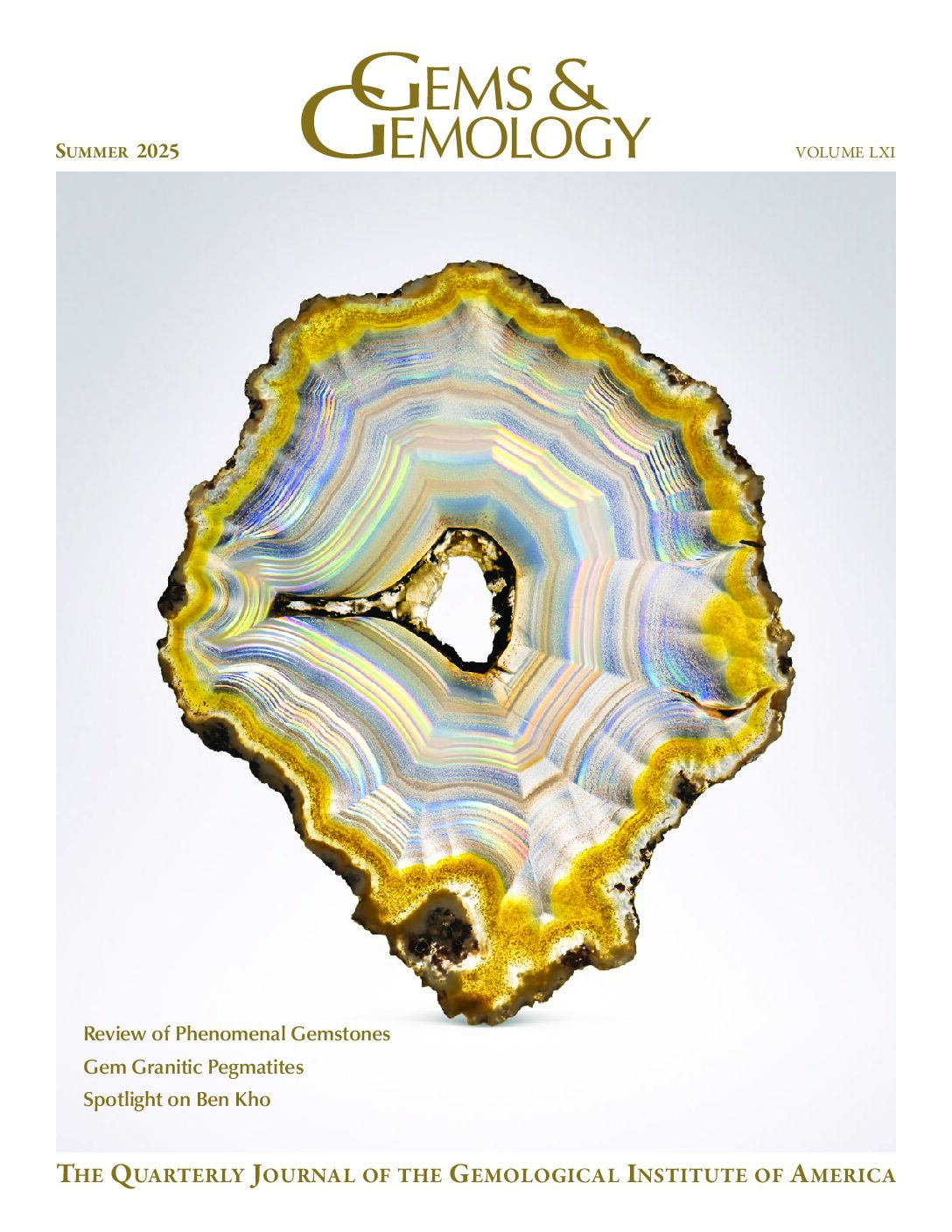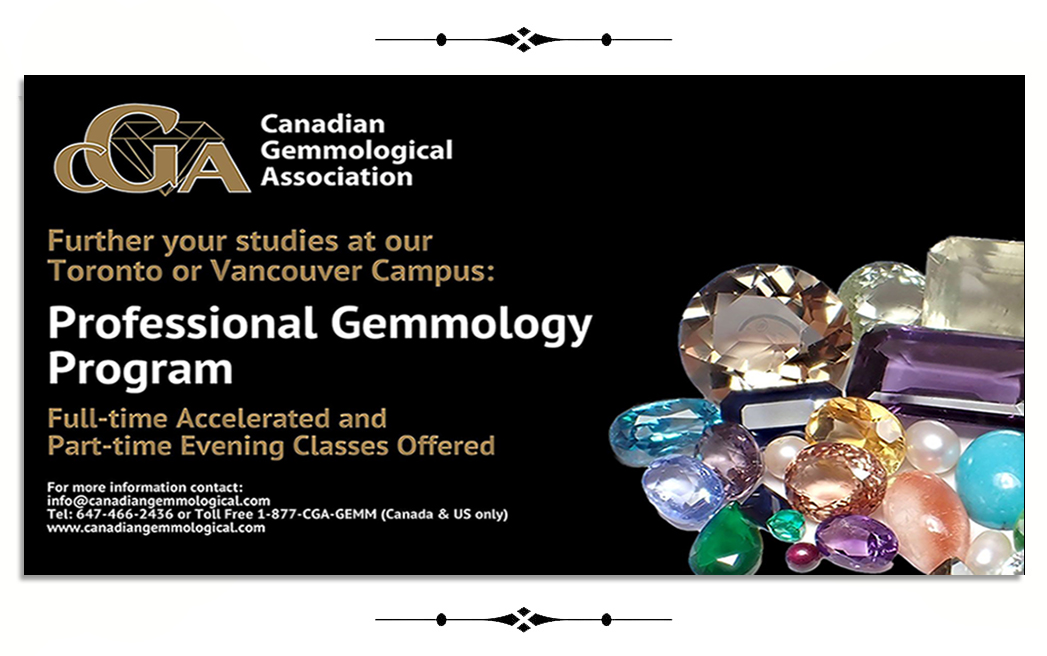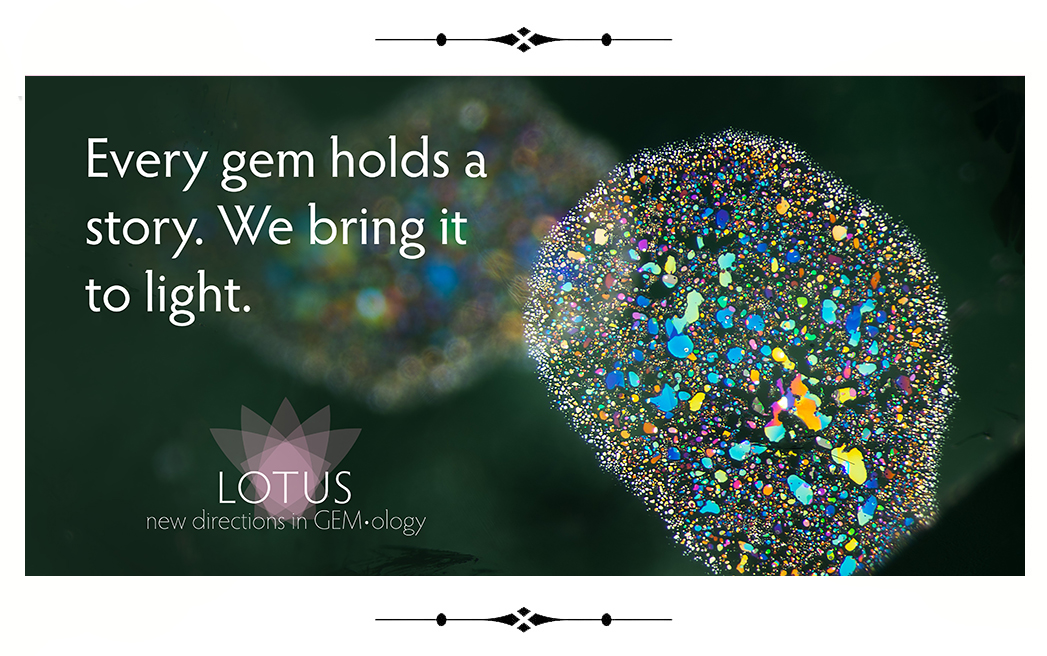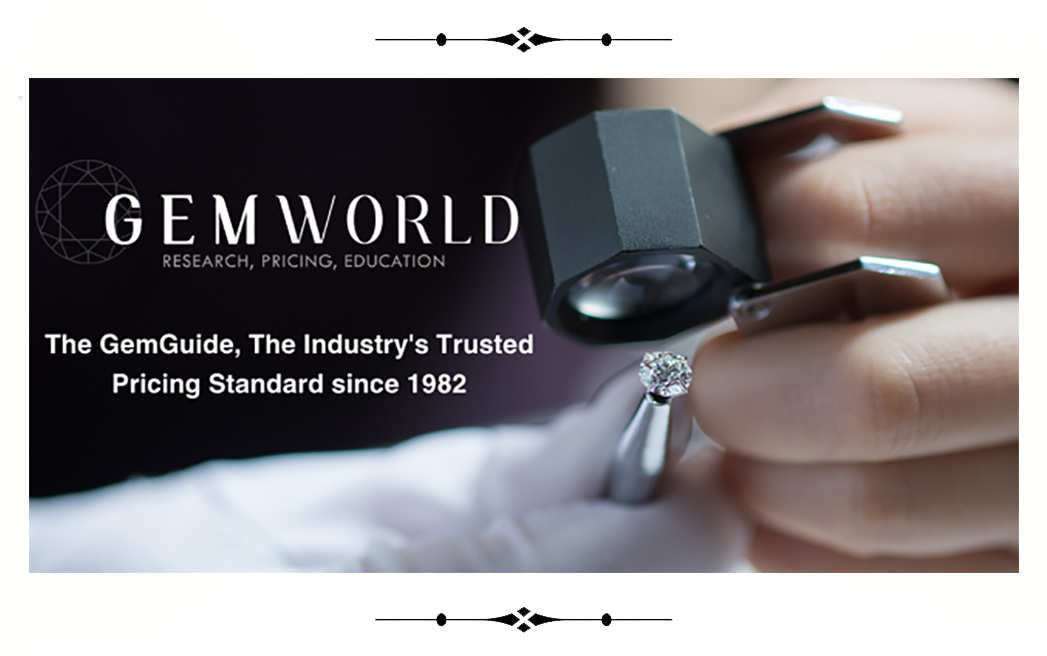When we talk about akoya cultured pearls, we usually think of the traditional mollusks used for pearl farming — members of the Pinctada fucata species complex, with P. fucata (martensii) being the classic choice in Japan for over a century. As you probably know, these pearl oysters thrive in cooler waters, which slows nacre deposition and results in that unmistakable akoya look: perfectly round shape, mirror-like luster, and usually a thinner nacre layer compared to their South Seas cousins. Thin nacre is one of the trade-offs of akoya pearls, and durability has always been part of the conversation.
That is, until now!
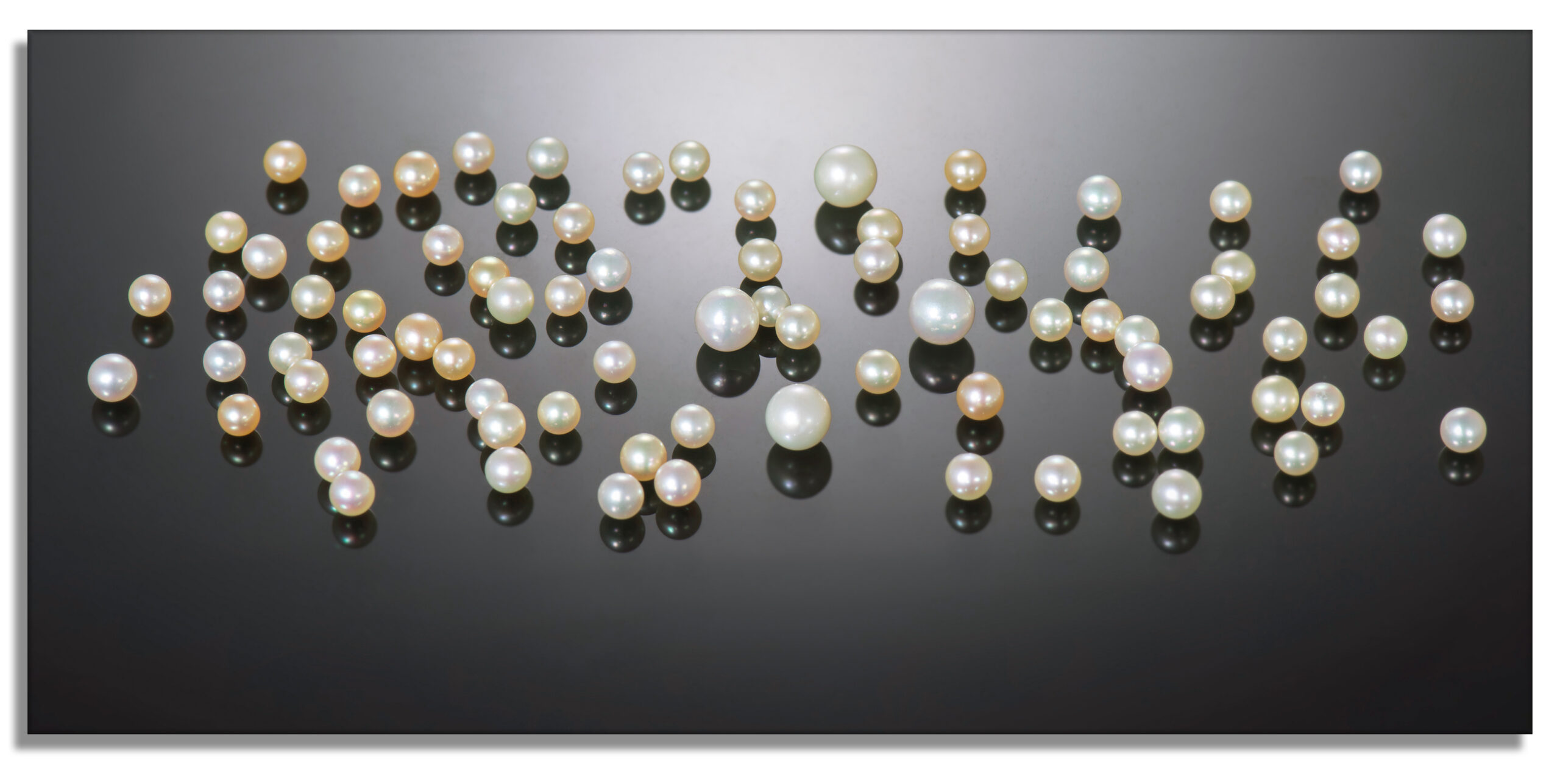
Photo by Nuttapol Kitdee/GIA
Image courtesy of GIA ©2025
Exceptional Nacre Thickness of
Hybrid Akoya Bead Cultured Pearls.
GIA’s Summer 2025 Gems & Gemology
Gem News International
by Kwanreun Lawanwong and Ravenya Atchalak, GIA, Bangkok, and Emiko Yazawa, GIA, New York
What GIA’s New York and Bangkok team just published in the Summer 2025 issue of GIA’s Gems & Gemology is surprising: hybrid akoya bead cultured pearls grown from crossbred mollusks — P. fucata (martensii) and P. radiata.
What is a Hybrid Akoya Bead Cultured Pearl?
A “hybrid,” in this case, means that two different but closely related pearl oyster species were crossbred to take advantage of their respective strengths. The P. radiata lineage tolerates warmer waters, which allows nacre to build more quickly, while still retaining the beauty associated with akoya. Out of this experiment came pearls with nacre thickness not just slightly improved, but truly exceptional for akoya!
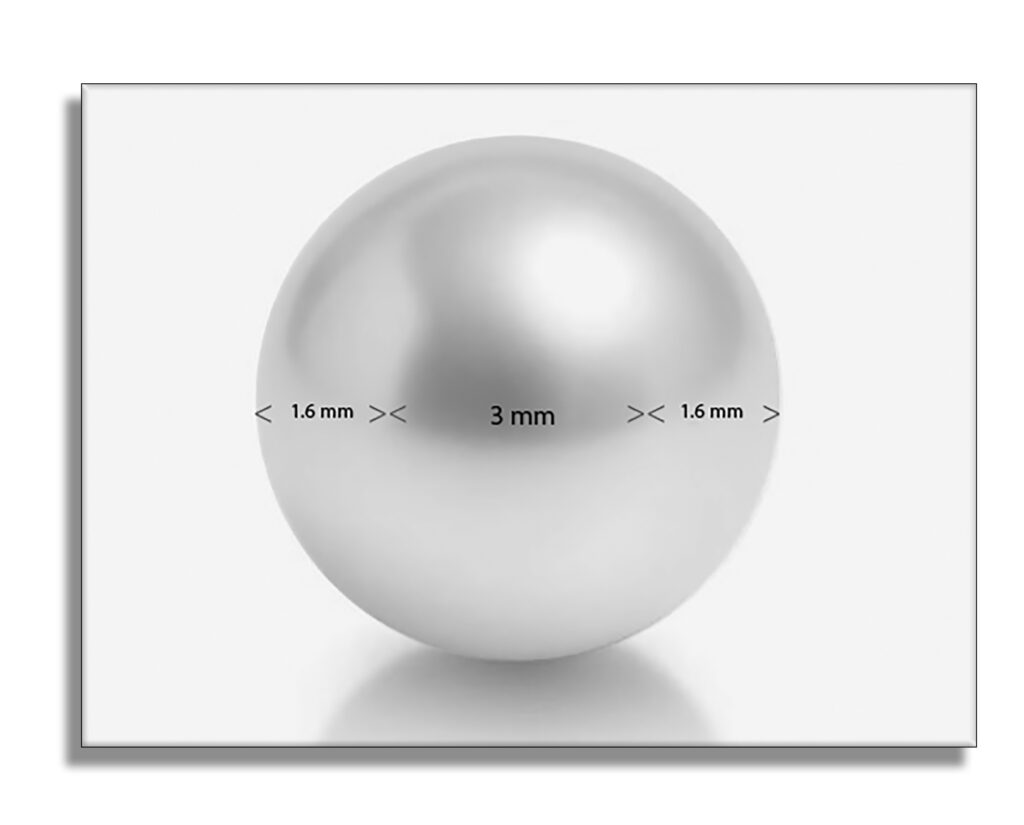
And to think we have been excited over a half (0.50) millimeter nacre thickness for more than a century!
To put it in perspective, “ordinary” akoya pearls typically show nacre in the range of 0.15–0.50 mm. And we are thrilled if we see a half millimeter (0.50 mm) nacre thickness.
The hybrid Akoya pearls GIA examined reached 1.1–1.6 mm of nacre! WOW! (For you math lovers, that means up to 90% of the pearl’s total volume is nacre.) For akoya, that’s astounding!
This hybrid translates into an Akoya bead cultured pearl with a luster that was graded Excellent to Very Good, with the added benefit of durability and long-term beauty.
Curb Your Enthusiasm
For now, only a tiny percentage of hybrid mollusks seem capable of producing pearls with this kind of thickness, but the study shows that even within a category as established as akoya, there’s still room for new discoveries.
Read the full GIA Gems & Gemology article by logging onto GIA.edu,
and tapping on Summer Gems & Gemology.



